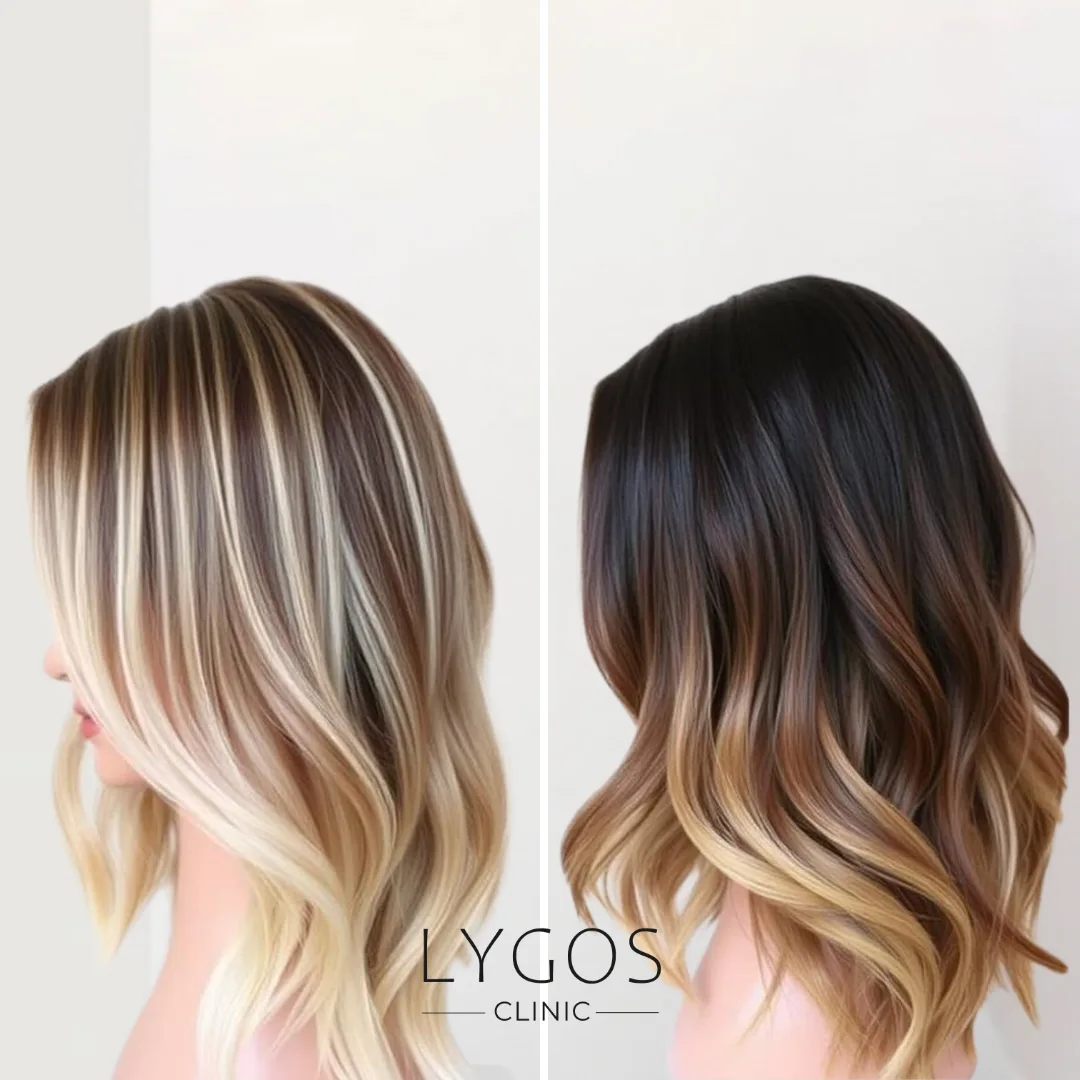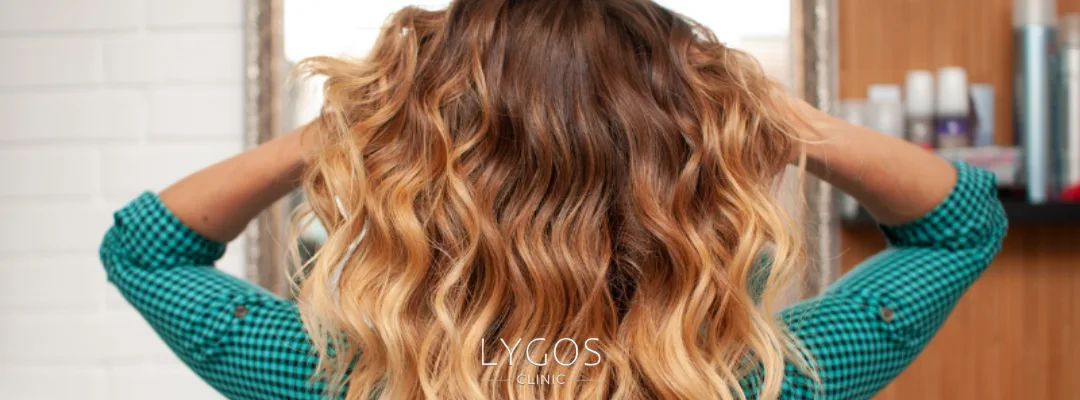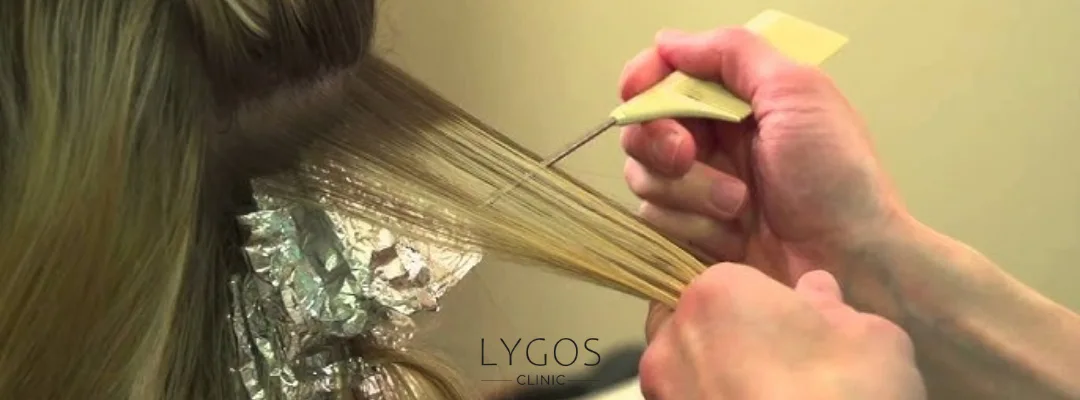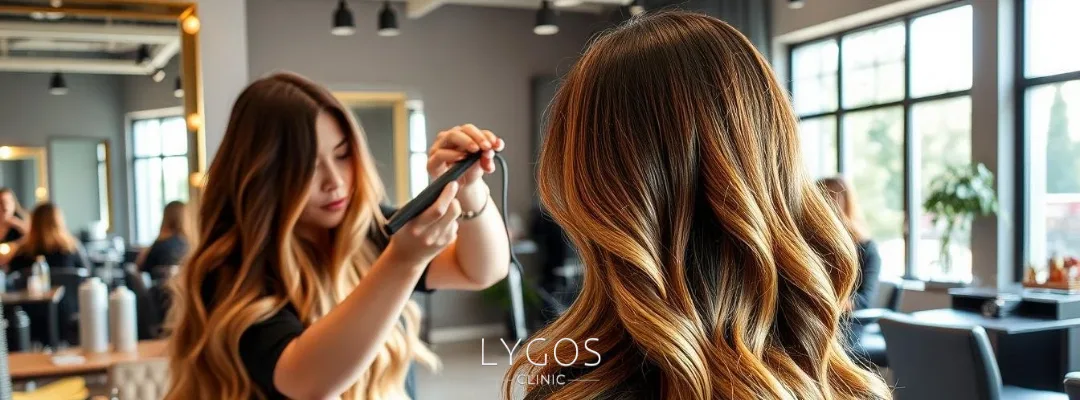Differences Between Balayage and Ombre

Chose Your Topic
Differences Between Balayage and Ombre
As hair fashion evolves each year, balayage and ombre techniques continue to hold their place at the top of the beauty world. However, many people don’t fully understand the difference between these two popular coloring methods. Understanding the Differences Between Balayage and Ombre can greatly enhance both your look and your hair health.
In this article, we’ll explore both techniques in detail to help you decide which one best suits you.
What Is Balayage?
“Balayage” is a French word meaning “to sweep.” In hairdressing, it refers to a freehand coloring technique where specific strands of hair are painted manually. Rather than coloring the entire head, selected sections are lightened to create a natural sun-kissed effect.
Among the Differences Between Balayage and Ombre, the most striking feature of balayage is its soft and natural transitions. The roots stay darker while the mid-lengths and ends gradually become lighter — mimicking the natural highlights created by the sun.
Balayage can be applied using various tones like caramel, honey, ash blonde, or pastel shades, tailored to your skin tone and hair type. For those who prefer a natural look, balayage is a timeless choice.

What Is Ombre?
“Ombre” comes from the French word for “shadow” and refers to a coloring technique where the color transition is more noticeable. In ombre, the roots remain dark while the color progressively lightens toward the ends, creating a striking contrast and visual depth.
When it comes to the Differences Between Balayage and Ombre, ombre stands out with its more defined transition. For example, dark brown roots can gradually fade into platinum blonde ends. This makes ombre the go-to option for those seeking a bold and modern style.
Recently, variations like reverse ombre (where roots are lighter and ends are darker) and colorful ombre (featuring vibrant colors like pink, blue, or purple) have become popular as well.
Key Differences Between Balayage and Ombre
Although they may look similar, the two techniques differ significantly in terms of application, appearance, and maintenance.
Here are the main Differences Between Balayage and Ombre:
- Application Technique: Balayage is applied freehand using brush strokes by the stylist, while ombre involves more structured transitions and often uses foils. This directly affects how natural the final look appears.
- Appearance: Balayage mimics the sun’s natural highlights, while ombre creates a sharper, more dramatic gradient. In other words, when it comes to Differences Between Balayage and Ombre, balayage emphasizes naturalness, while ombre emphasizes contrast.
- Root Touch-Up: Balayage does not touch the roots, so it requires little maintenance. Ombre also starts away from the roots, but the contrast can make regrowth more noticeable over time.
- Application Time: Balayage typically takes longer since each strand is painted individually. Ombre, which covers larger sections, usually takes less time.
- Suitability by Hair Type: Balayage adds dimension and volume to fine hair, while ombre looks striking on thicker hair.
Thus, the Differences Between Balayage and Ombre are closely related to hair texture and the desired look.

Can You Do Balayage or Ombre at Home?
Many people try to create these color transitions at home. However, the Differences Between Balayage and Ombre are also evident in how challenging each technique is.
At-home balayage requires precise brushwork, proper color selection, and balanced application. A small mistake can result in uneven, patchy color. Ombre also requires professional skill to achieve smooth transitions.
There are special DIY balayage and ombre kits available, but for the most natural and healthy result, visiting an experienced stylist is highly recommended. Professionals understand how to apply these techniques correctly, ensuring that the Differences Between Balayage and Ombre enhance your look instead of harming your hair.
Balayage and Ombre Prices in 2025
In 2025, the cost of these hair-coloring services varies depending on the brand of dye, stylist experience, hair length, and city.
Even in terms of price, the Differences Between Balayage and Ombre can be seen:
- Balayage Prices (2025): Typically range from 2,000 TL to 6,000 TL. Price depends on the hair length and dye quality.
- Ombre Prices (2025): Usually range from 1,500 TL to 5,000 TL. The more gradient tones involved, the higher the cost.
In major cities like Istanbul, Ankara, and Izmir, prices tend to be higher, but professional application ensures your hair’s health, making it worth the investment.

Balayage or Ombre: Which Should You Choose?
Now comes the big question: “Balayage or ombre?”
The answer depends on your personal style, hair type, and desired effect.
Here are some quick tips to help you decide:
- For a natural look – choose balayage: If you want hair that looks sun-lightened and effortless, balayage is perfect. It’s ideal for those who prefer a subtle yet elegant style — great for professional or everyday looks.
- For a bold look – choose ombre: If you want a noticeable, modern, and dynamic hairstyle, ombre is the way to go. Its strong color contrast adds volume and movement to your hair.
Your skin tone also matters. Fair complexions pair well with ash or beige tones; medium skin tones look great with honey or caramel shades; and darker or bronzed skin shines with warmer tones in ombre.
In summary, the Differences Between Balayage and Ombre help you reflect your personal style:
Balayage offers softness and elegance, while ombre brings contrast and boldness. Whichever you choose, both add brightness, depth, and character to your hair when done correctly.
Differences Between Balayage and Ombre Frequently Asked Questions (FAQ)
No, they are not. The most distinct difference lies in the application technique.
Balayage involves painting selected strands with a brush for a natural highlight effect, while ombre features a more defined color transition from dark roots to lighter ends. Balayage looks softer; ombre appears more striking.
For a more natural appearance, balayage is the better choice. It gives a subtle, sun-kissed glow. Ombre is more contrasting and noticeable.
Simply put: balayage = natural, ombre = bold.
It’s possible, but achieving professional results is difficult. Both techniques rely heavily on smooth color transitions.
Because the Differences Between Balayage and Ombre also involve technique, a mistake can result in uneven color. A professional stylist is recommended.
When done properly, both techniques can be safe for your hair. However, using poor-quality products or over-processing can cause damage.
To maintain healthy hair, use moisturizing masks and color-protecting shampoos after the procedure.
Balayage enhances volume in fine, straight hair, while ombre stands out more on thick, long hair.
For curly hair, balayage works beautifully as the highlights naturally catch the light between curls.
So, the Differences Between Balayage and Ombre can also guide you based on your hair texture.


